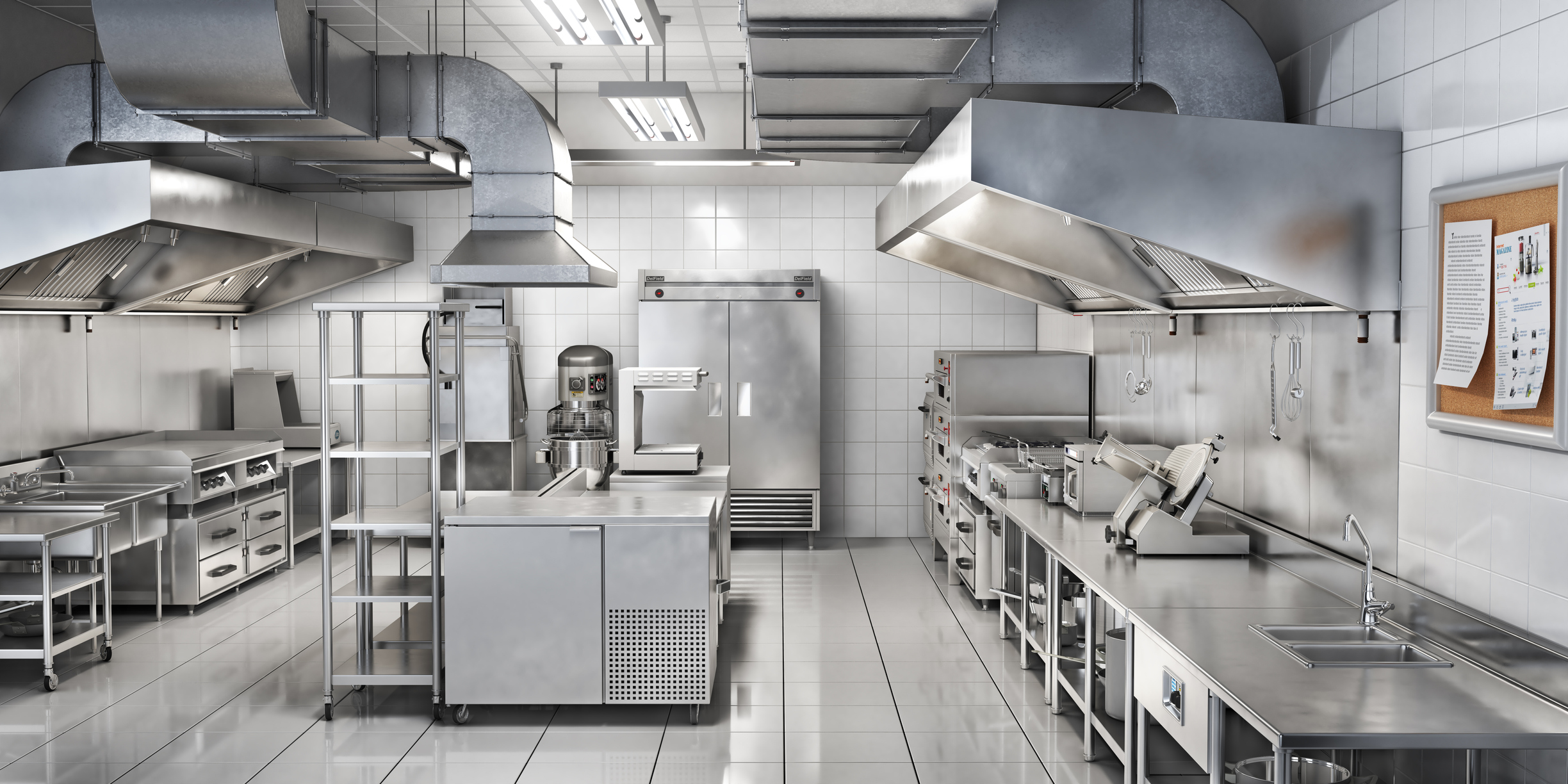
What Makes Stainless Steel Sanitary?
With the current climate of concerns about health and germ transferring, it’s important to educate yourself on why certain materials are rated as qualified for certain applications. A common application that we are asked to provide to customers is food or medical grade components for industrial kitchens or hospitals. 99.9% of the time, this means parts laser or waterjet cut from 304 grade stainless steel.
What is 304 Stainless?
304 grade steel is the commercial name for what can also be known as 18/8 or 18/10 stainless steel. The numbers, although much less common, are important to reference as they refer to the metallurgical composition of the product in question. The two key components in measuring a grade of stainless steel are the elements nickel and chromium. 18/8 or 18/10 refer to the product containing 18% chromium and 8% or 10% nickel respectively. Any alloy with 10.5% of chromium or higher is considered stainless steel.
Why 304 Stainless?
The reason that 304 is so popular to use for sanitary applications is two-fold. It comes back to the chemical composition of the material.
Chromium prevents oxidization. Oxidation, commonly known as rust, is the result of when an alloy that contains iron is exposed to oxygen and moisture over a period of time. The oxygen molecules combine with the molecules of the iron within the metal and form a new compound known as an oxide. This weakens the bond of the metal itself, hence why rust always flakes off and deteriorates your metal. Chromium helps to prevent this by forming a nano-coating of chromium oxide which is a very hard and stable compound. This acts as a shield to protect the iron molecules from coming into contact with the oxygen molecules preventing oxidization, or rust.
Nickel adds an additional benefit to the 304 stainless by preventing corrosion. Rust is a form of corrosion, but corrosion can also occur when different acidic or basic materials come in contact with steel. Pure water has a pH of 7. Water becomes acidic when the pH level is lower (vinegar’s pH is 2.4) and it becomes basic when the pH is higher (baking soda has a pH of 8.3). Water’s pH level is never perfectly 7 on the nose. This is why certain high corrosion applications, such as underwater, chemical processing, or aerospace applications require grades of steel with much higher nickel (Inconel, Hastelloy, monel 400, among many others.) By adding nickel to the mix with chromium, the iron molecules are doubly protected from both moisture and oxidization as well as corrosion due to contact from acids or bases.
So, what does that mean?
Basically, what this all comes down to is that you don’t want rust in your food, or in your medical equipment. Ingesting rust wont necessarily kill you, but it certainly won’t be a pleasant experience. 304 stainless is arguably the most prevalent stainless steel on the planet. Everything from commercial kitchens, to home kitchens, to hospitals, to food process plants use 304 stainless steel to maintain a sanitary application and to prevent corrosion.